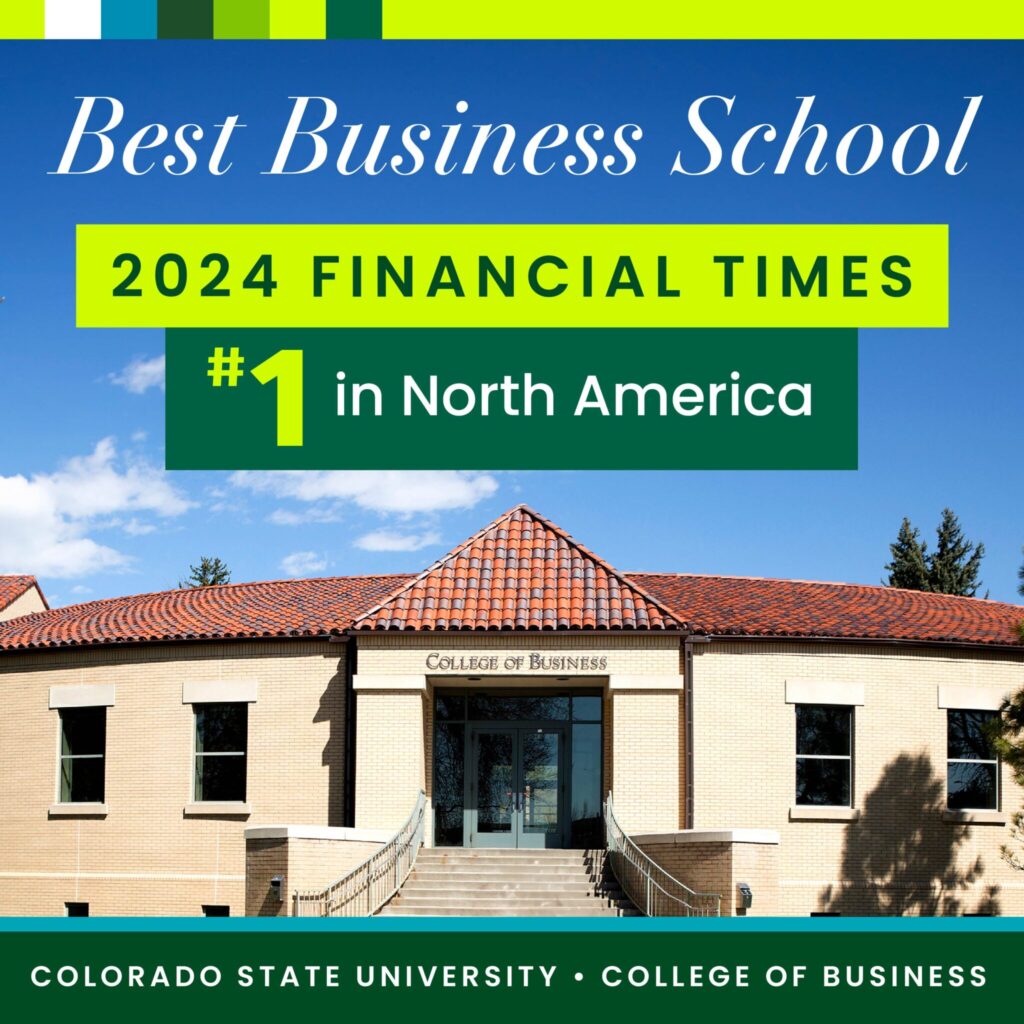
What makes a great board of directors? While a body of research has focused on the impacts that boards’ decisions have on company performance, a new theory from Colorado State University’s College of Business attempts to understand the differences between the boards that help organizations make good decisions and those that don’t.
It comes down to boards’ abilities to independently check the personal and professional biases inherent in CEOs’ roles. In “Reducing Bias Through Board Decision Making: An Information Processing Model of Board Decision Synergy,” the management department’s Mary Waller and her coauthors explore the largely overlooked realm of board dynamics to develop a theory about how the most effective boards play a role in corporate oversight. The article defines board success not by measuring its outputs, but rather by its process of reaching decisions.
“How is a board of directors supposed to do its job and what makes a board of directors really good?” Waller said. “People have been asking this question for years to figure out what the best process is.”

“Reducing Bias Through Board Decision Making: An Information Processing Model of Board Decision Synergy”
Ryan Krause1, Michael C. Withers2, Mary Waller
1 Neeley School of Business, Texas Christian University
2 Mays Business School, Texas A&M University
Overcoming CEO bias
In their most basic function, corporate boards serve to examine recommendations presented to it by a company’s CEO about organizational functions. Waller and her co-authors contend that the boards that add value to an organization are those that avoid rubber-stamping proposals, and instead independently address a CEO’s blind spots to overcome his or her personal biases. A high-functioning board, the article argues, isn’t defined by the makeup of its members or its structure, but rather by the method it uses to independently come to decisions.
Drawing on agency theory, resource dependence theory and theories on group effectiveness, Waller and colleagues develop the concept of board synergy, a means by which boards remove the CEO’s biases – as well as the board’s own biases – from a recommendation to the firm. In this framework, successful boards engage in three steps when making decisions: discovery, deliberation and decision.
“Decision synergy occurs when the board goes through the decision-making process and can reduce the bias that is attached to this decision,” Waller said. “The CEO comes to the board with a recommendation. That recommendation may be so full of CEO bias that it can’t stand up straight – the CEO’s ego is involved in this recommendation. The CEO wants to do what the CEO wants to do. Board decision synergy occurs when the process that the board goes through removes bias from that decision and avoids injecting other bias into it.”
Board synergy in action
A board’s traditional structure leverages the concept that decisions informed by multiple perspectives are stronger than those made by a single mind. The first step in synergistic board decision making, discovery, builds on this premise. Board members independently collect information relevant to the decision to bring multiple independent perspectives. By drawing on a wide range of information to guide their decision, these boards don’t rely on data that may be steered by their CEO’s agenda.
When directors convene at their meeting, they then enter the next phase of the process, deliberation. During this phase, directors integrate their independent research and examine contributions by the CEO. Leveraging outside research found in the discovery phase is essential to this process, and Waller and colleagues theorize that without new viewpoints unearthed in the discovery phase, boards tend to amplify CEO bias rather than reduce it.
Reaching a decision is the final step in this process, but highly effective boards’ decisions are borne out of the deliberative process. Synergistic boards reach a consensus on decisions, leveraging their expertise and research from the discovery process.
“Those three things are the things that really create synergy on the board and add value,” Waller said. “They remove and avoid bias and give the organization and the CEO an answer that’s valuable. That’s how the board creates value and gives back to the organization.”
Insight for directors
While on its surface, this process seems straightforward, it requires an extraordinary amount of effort from the board as well as frank, open communication among directors.
“It would be an exceptional board to be able to do this,” Waller said. “And there are indeed some boards that are really exceptional, and they are worth their weight in gold to an organization. It would be of great value to have a board that would go through this process and come back to an organization and CEO and say, ‘Yes, we concur – this is a solid recommendation for our organization.’”

CSU’s College of Business is building a community of action-oriented leaders focused on using Business for a Better World through its leading-edge research, accessible education and top-rated undergraduate and graduate programs. Connecting the principles of people, planet, profit, and purpose across organizational business goals has earned the College global recognition, including being named one of five Best Business Schools in the world for responsible business education by Financial Times.